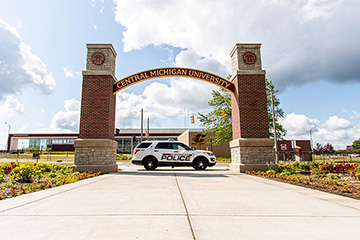Doctoral student compares state’s populations of incarcerated Black citizens
Danielle Paull, a Clinical Psychology doctoral student, compared the state-to-state population of Black inmates, along with racism indicators and state-level personality.
Danielle Paull, a Clinical Psychology doctoral student specializing in forensic psychology, studied and compared the representation of Black citizens in each state’s prison system. Paull focused on structural racism indicators and state-level personality (the typical or average personality characteristics of individuals in a particular state).
Paull found that states with higher incarceration rate gaps (incarcerating a larger proportion of Black population compared to White population) also have larger gaps in educational attainment, employment, and earnings comparing the same groups.
To reach her findings, Paull analyzed the U.S. census, the U.S. Department of Justice, and other publicly available data. She used prior research to create an outline of datasets to form state-level estimates of structural racism indicators. For example, to measure the difference in economic success, Paull compared Black and White median household incomes, housing status, and poverty status over the years.
Paull hopes her research can “inform reform efforts and highlight the need for state-level changes to curb the incarceration of Black citizens.”
In Michigan, Paull has worked with incarcerated individuals in state prisons and pretrial defendants. Currently, she is completing her pre-doctoral internship within the federal system at the U.S. Medical Center for Federal Prisoners in Springfield, Missouri.
This story is brought to you by the Office of Research and Graduate Studies.




